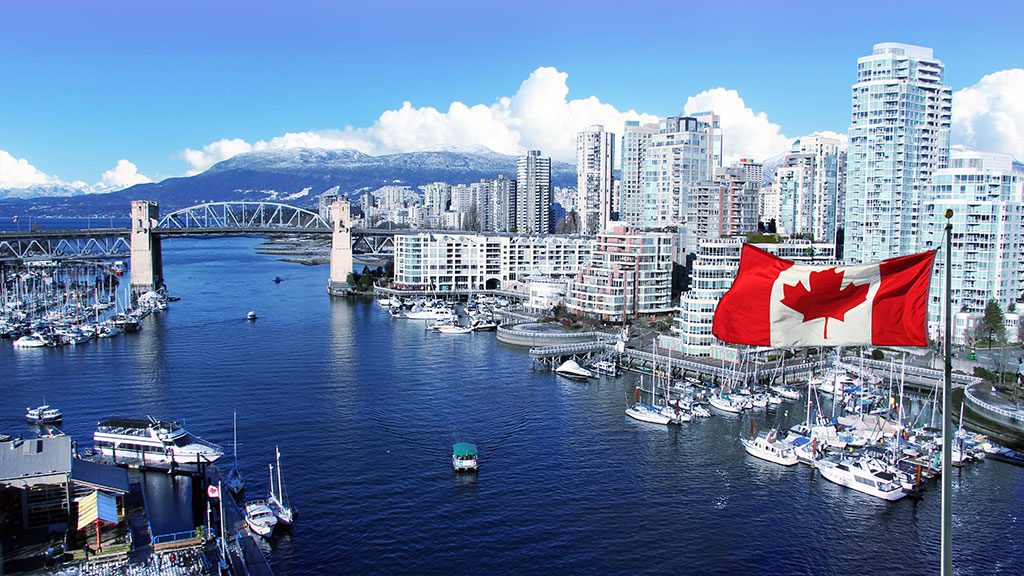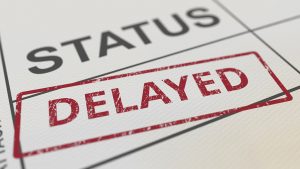There is clear evidence that the B.C. economy downshifted in 2018 following unsustainably strong back-to-back gains of 3.2% in 2016 and 3.8% in 2017.
Nevertheless, the combined impact of strong (+7%) growth of exports and a rebound in non-residential construction should cause growth for the year just ended to average in the range of 2% to 3%. Consistent with this estimated solid gain in overall growth, total employment in the province has increased by +57,400 over the past 12 months, the largest gain over a comparable period since April, 2017. Looking forward, according to the most recent CFIB private sector job vacancy survey, B.C. has the second highest private sector job vacancy rate in the country. Industries with significant shortages of labour include accommodation and food services, healthcare, retail sales and construction.
After posting a very strong year-to-date gain of 8.3% in 2017, consumer spending, reflected by inflation-adjusted retail sales, is up by a very modest 0.6% during the first eleven months of 2018.
This slowdown is largely the result of a -0.5% drop in sales of new motor vehicles following a 12.3% year-to-date gain in 2017. While B.C. consumers scaled back their spending in 2018, two indicators point to a stronger pattern of spending in 2019.
First, over the past six months through January of 2019, total employment is up by just shy of 68,000, well ahead of the 9,000 job gain during the same period a year prior. Second, although gas prices in British Columbia are still the highest in the country, they have, over the past six months, declined by 15% to 20%.
While this decline is smaller than experienced by other provinces, it will give a tangible boost to the disposable incomes of the approximately two and a half million owners of passenger cars with internal combustion engines.
Hobbled by a lack of affordability, higher mortgage rates, the federal government’s stricter mortgage qualification rules and higher provincial taxes on foreign house buyers, existing home sales in British Columbia dropped by 24.8% and average house prices retreated by 1.3% in 2018.
In response to this sharp drop in sales of existing homes and a steady increase in the number of completed and unoccupied new homes, (which are at a three-and-a-half year high and mostly (69%) located in Vancouver) it is not surprising that housing starts in the province over the twelve months ending January of this year are down by 9.6% compared to the same period a year earlier.
Looking forward, while the above-mentioned negative factors will continue to weigh on residential construction over the near term, housing demand should stabilize due to the impact of sustained net international migration plus the above-noted recent strength of total employment. For the year, we expect starts to total in the range of 36,000 to 39,000 units down from 41,000 in 2018. Assuming that employment moderates in 2020 due to a softening in both domestic and external demand, housing starts should ease further into the range of 33,000 to 36,000.
Led by a 21% year-to-date increase in commercial building, constant dollar investment in non-residential building construction rebounded by 17.9% ytd in 2018 following a drop of 9.7% during the first eleven months of 2017.
Also, institutional and government building was up by +16.8% while industrial posted a more modest 2% gain. While the most recent B.C. Major Project Inventory reported that in the third quarter of 2018 the total value of major construction projects was off by -1.2% year over year, more recent evidence indicates that the LNG Canada natural gas project, with an estimated cost of $40 billion, will give a major boost to the province’s growth this year and indeed over the next several years. Other significant projects which started in the third quarter include the Dockside Green Development in Victoria, the Abbotsford Law Courts and the Hilton Hotel and Residential Tower in Surry.
Based on the fact that the value of non-residential building approvals in the province was up by 30% y/y in 2018 largely due to a 49.2% rise in commercial project approvals, the contribution of non-residential investment to overall growth should remain strong into 2020. However, the longer-term outlook for British Columbia is severely overshadowed by recent increases in its business taxes which, on top of its carbon taxes (the highest in North America), have given the province the highest marginal effective tax rate on new investment in the country. As a result, the province is less attractive to both new and existing firms attempting to sell goods and/or services in an increasingly competitive international marketplace.
Real* Gross Domestic Product (GDP) Growth – British Columbia vs Canada

Chart: ConstructConnect — CanaData.











Recent Comments